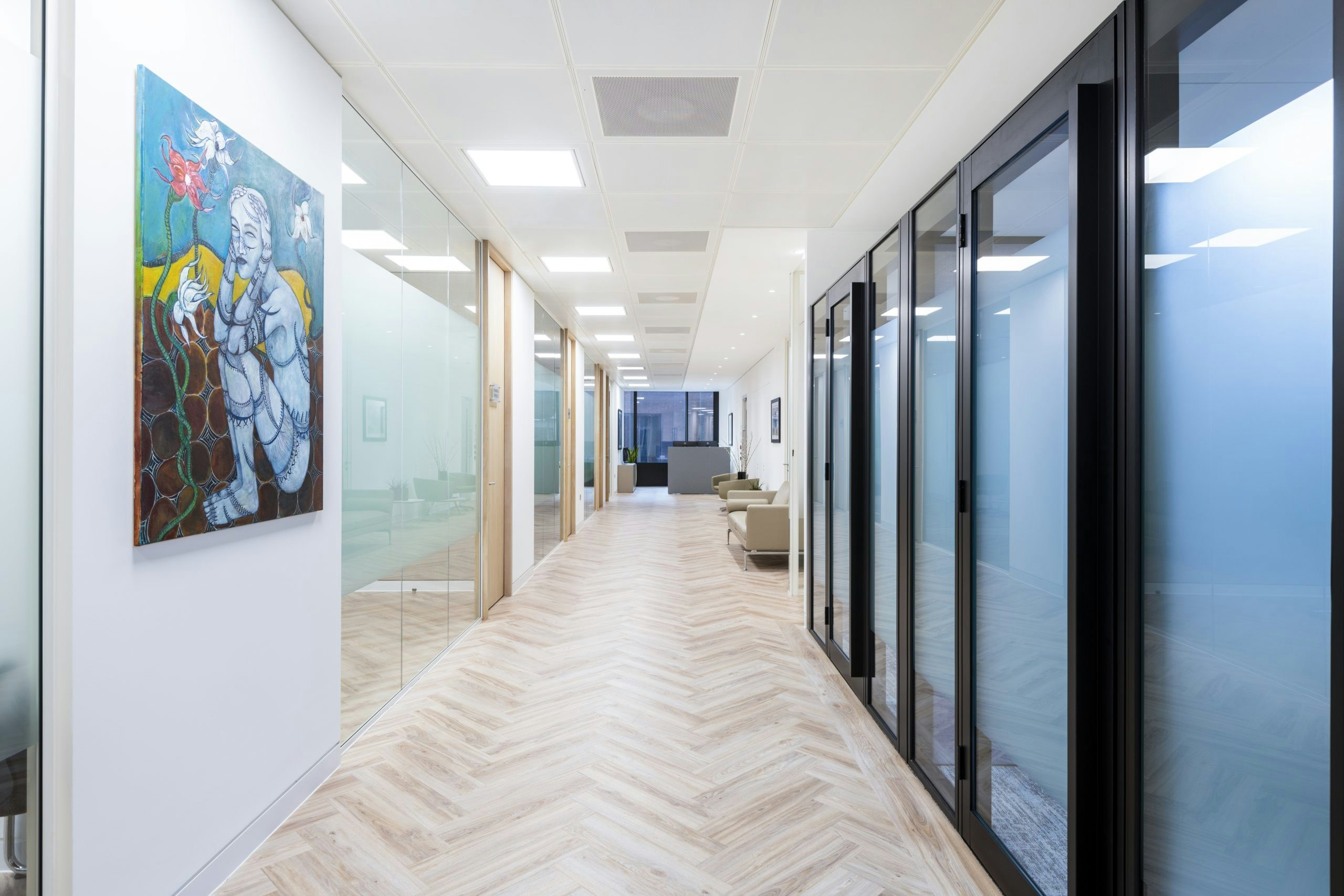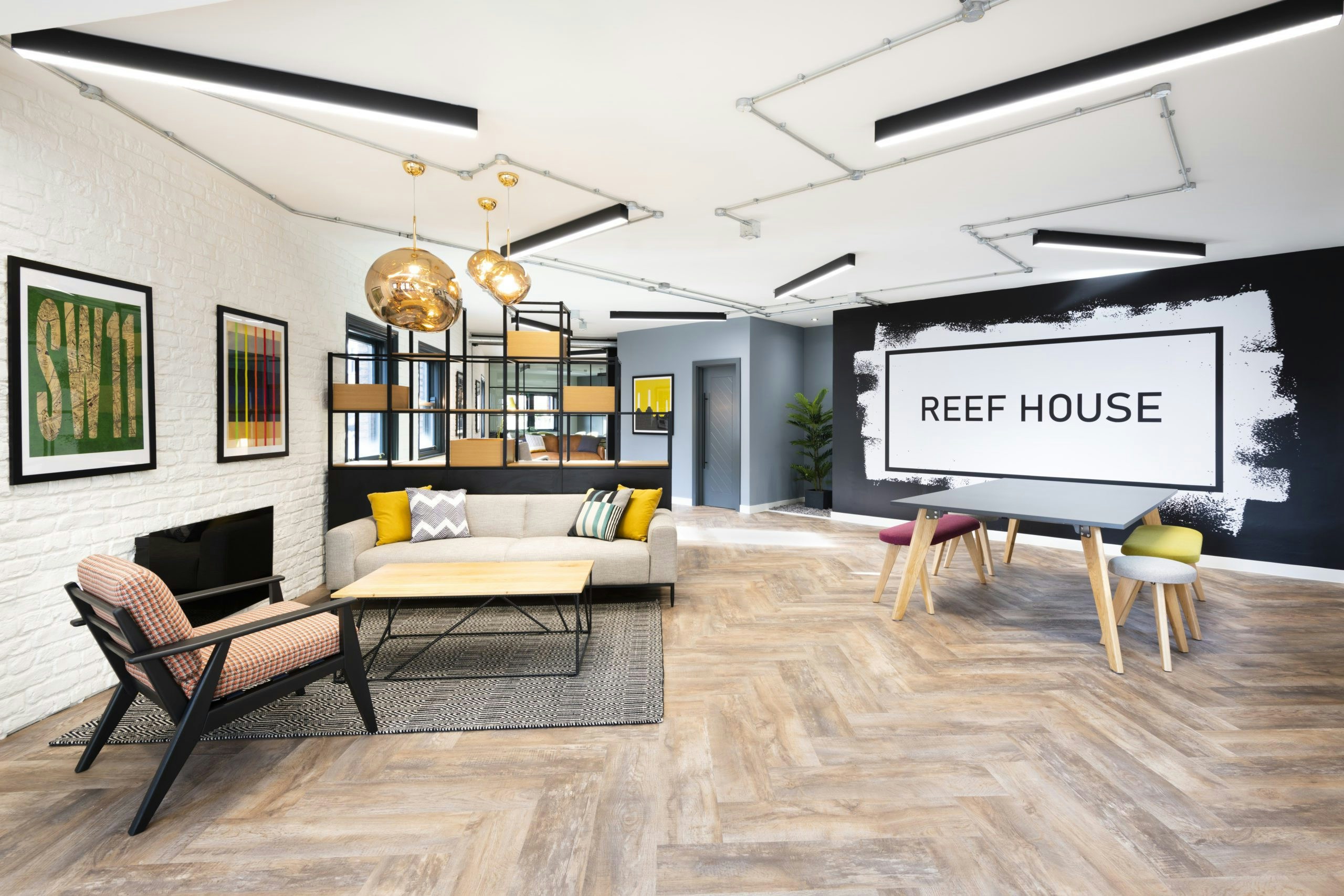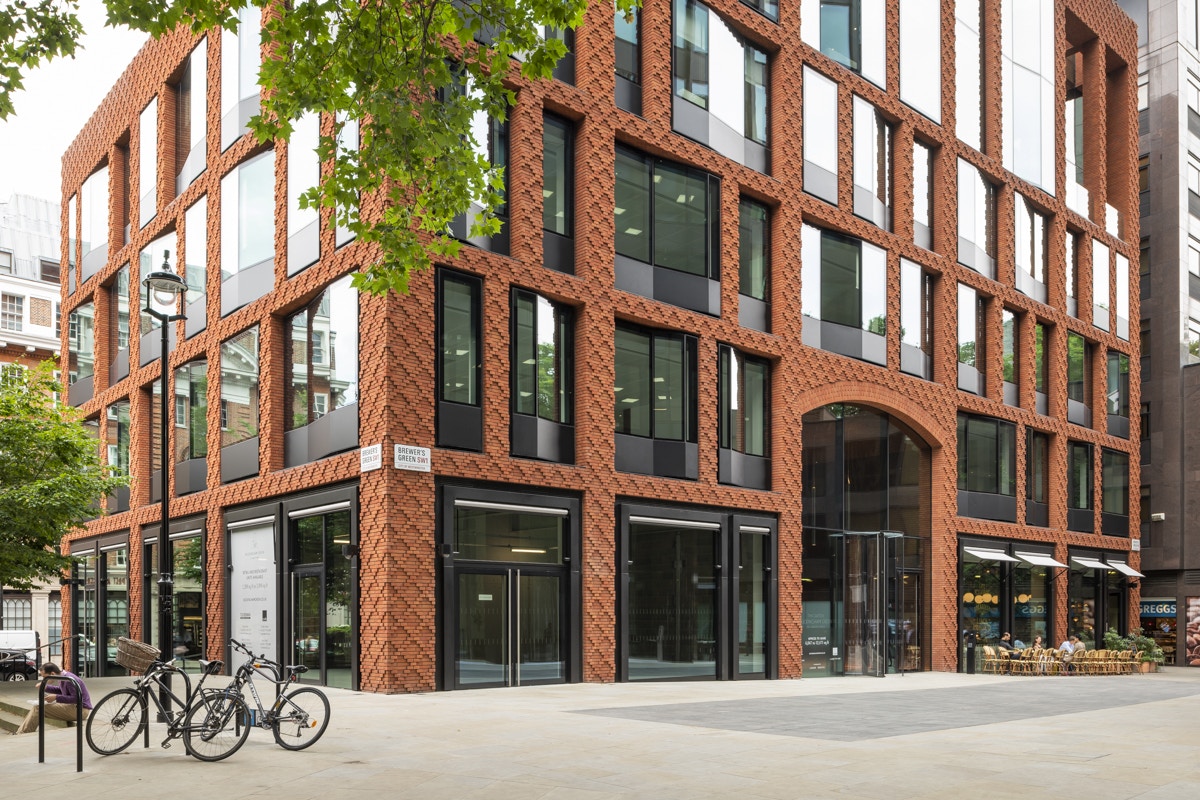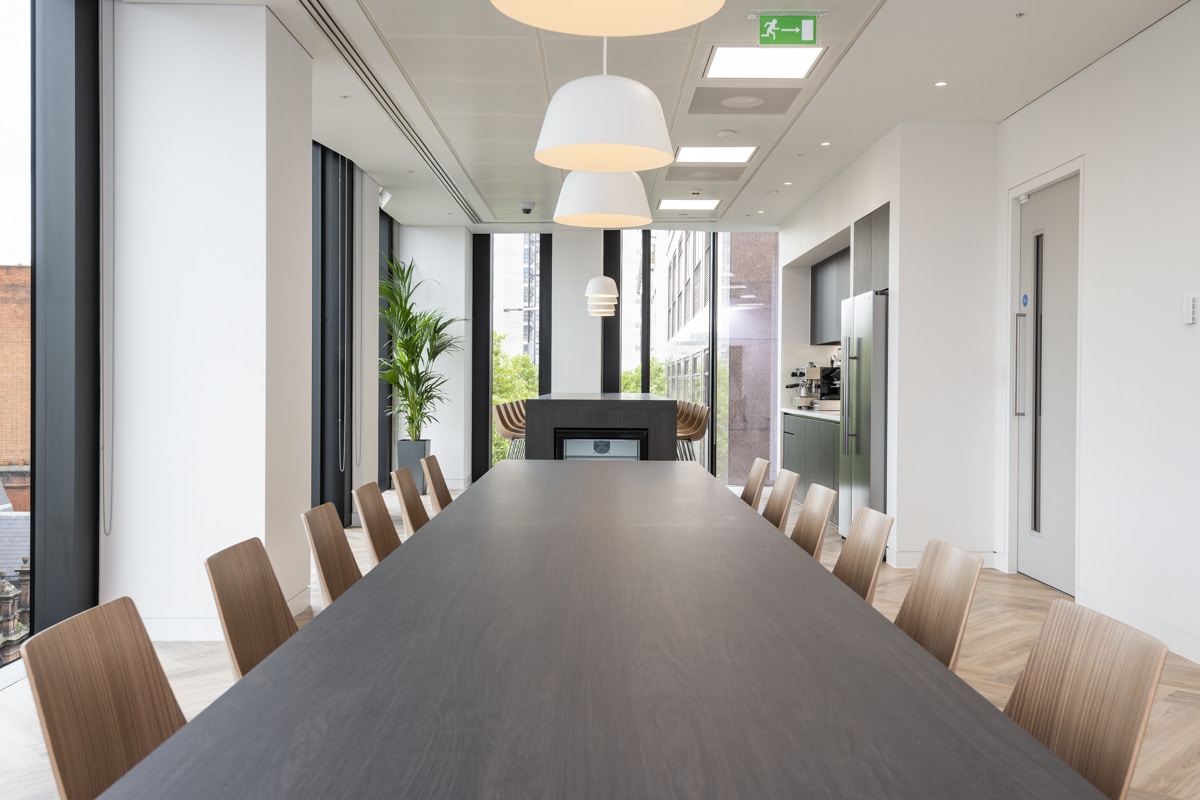London Office Rent Market Overview
The cost of London office rent is a major factor for businesses, with prices differing greatly depending on the location and quality of the building. In high-end areas like St. James’s and Mayfair, top-quality (Grade A) offices can rent for over £150 per square foot. In comparison, Grade B offices in less central areas are usually more affordable, generally between £70 and £103 per square foot. Notably, the highest recorded office rent in the UK—and possibly one of the highest in the world—was at Mercury’s 30 Berkeley Square in Mayfair, reaching £277.50 per square foot for a 2,700 sq ft office.
Latest Market Figures
Recent data from Costar’s February 2025 London Office Market Report shows some important challenges. Overall office vacancies have risen to 10.7%—a 20-year high—due to nearly 15.2 million sq ft of new space under construction. While leasing picked up after Q1 2024, the large amount of new supply is expected to lower rents, especially for older or lower-spec offices.
Despite this, premium buildings still attract strong interest. In Q3 2024, 2.56 million sq ft of office space was leased—a 21% increase from the previous quarter—with Grade A deals making up 70% of the total, compared to a 59% ten-year average. The City led the activity with 1.5 million sq ft (67% Grade A), while the West End contributed 1 million sq ft (74% Grade A). In some parts of the City, rents reached £122 per square foot, highlighting the gap between top-quality properties and older ones.
Additionally, at the end of Q3 2024, there were 3.1 million sq ft of office space under offer—an 8% increase over Q2—with 73% of that space being Grade A.
How does this affect renting an office in London?
If you’re planning to rent an office in London, these figures highlight the importance of timing. If you’re interested in premium, centrally located spaces, be ready to act quickly because demand is very high, which can slow down lease negotiations. It’s a good idea to start your search and negotiations 12 to 18 months before your move offices, and to get in touch with a fit-out company early to make sure your new office meets your needs and style.
Supply Outlook and Future Trends
Currently, Central London has about 27 million sq ft of office space with an average vacancy rate of 9.3%. However, there are signs that this may change over the next year. With fewer new developments coming in, especially since more than half of the 8.3 million sq ft of speculative space expected by the end of 2025 is already planned, rents in key areas could start to increase.
For businesses looking to rent office space, this means that while space is available now, the market could become tighter in the near future. Whether you’re planning to expand, relocate, or carry out an office fit-out, understanding these trends can help you make smarter decisions about timing and budgeting. For a visual overview, check out our map of office rent in London.















